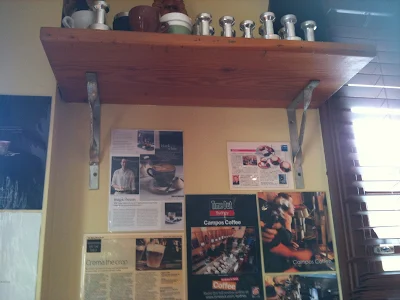Apart from feeding the palate, it is also a social ritual, an opportunity to take in the cool breezes of late evening in lands that endure much humidity and day time temperatures above thirty degrees Celsius. Supper supports economic activity and is a micro-economic forerunner of the stimulus that post GFC, several nations have implemented.
In contrast, across the Great Southern Land, Australian residents still find it relatively difficult to locate and secure food commercially sold after 9pm, whether in smaller conurbations like Wollongong, NSW or even in the capital cities. Oh ya, there is the ever open Seven-Elevens or petrol stations that offer warmed up frozen prepacks, or the shish kebabs sold by enterprising stall holders at midnight. Most of the action takes place much earlier in the day, perhaps to serve as winter warmers, quick lunch bites or casual brunch meals for those who can afford to while the time beside oceans, rivers and busy city pavements. The food can be as varied as in a Moroccan market or Italian piazza, and no longer confined to pies, pasta or chikos.
Whether it is the weekend treat of melt-in-the-mouth cake slices with a dash of butter (from a Parramatta, NSW cafe), or a steaming spicy bowl of har mee (prawn flavoured soup noodles) from Lee Garden at the HSBC Centre along George Street in Sydney CBD, the best time slot is between 11am and 3pm to savour them when you find yourself in Australia.
A bento-styled serving of Vietnamese crispy skinned fried chicken (above, from the Golden Tower in Kingsford) or a wholesome and warmed up potato and chicken pie (below, from Out For Lunch in the UOW Wollongong Campus) are welcome on cold and windy weather days.
For those on the run, at work, business or for leisure, sushi rolls (above) are perceived as healthy, inexpensive and easy snacks. One can broaden the experience of the palate on a hot summer's day by drinking fresh coconut juice from Fiji or finish off after a meal by having a light sago jelly. The selection int he image above is from The Oriental Tucker in Parramatta.
For a sit-down lunch, try the bean sprouts stir fried with Portuguese-inspired salted fish flakes, accompanied with rice, Malaysian or Singapore style, at the Sambal Restaurant in North Ryde, NSW.


























